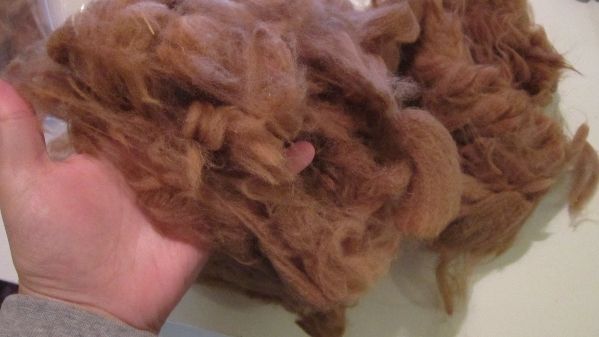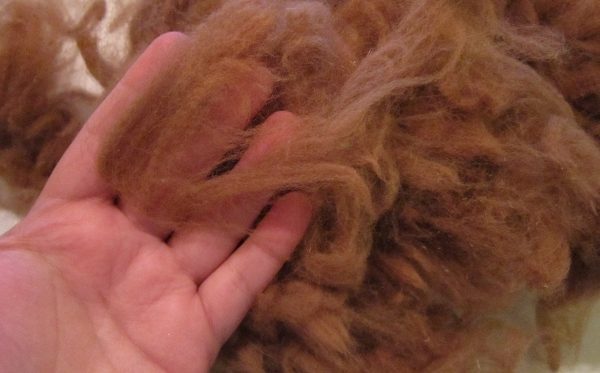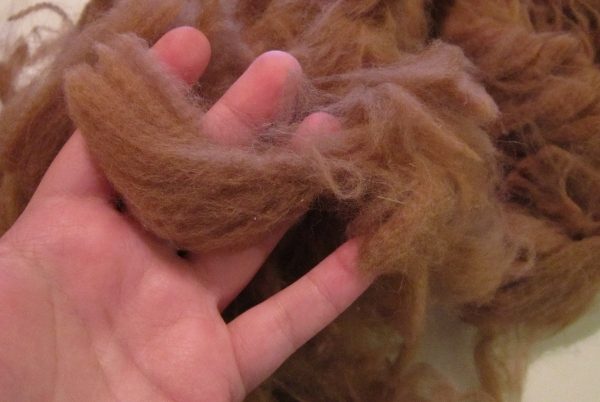Itsy, ask the lady if she is including just the 'prime' #1 (the blanket area of the 'paca') or #2s (neck & leg fiber - more coarse) and #3s (belly & britchen - very coarse). You only really want to work with the #1 prime blanket area. If it was shorn by a professional, then these 3 grades were separated at shearing time. Ask her how much VM (veggie matter, i.e. hay, grass, seeds, et al) is in the fleece. The more VM, the harder it is to get it clean & spun. (Good thing about alpaca fleece, is that VM can be carded out easier than sheep fleece.)
Also ask her the average staple length of the fiber. Some mills will not do alpaca because of the length. Also a consideration when hand carding.
When I process raw alpaca, I don't bother with washing it first ... especially for loosely spun bulky yarn. There is no lanolin you need to get out. Usually a couple of quick flicks or a 'flicker' or 'flick carder' to open up the ends is all it takes to spin it.
For this adventure, I would look into either flick cards or even a single dog slicker (do a search on dog slicker brush) to open the ends. Just make sure you spin it loose. Alpaca fiber is long enough that a loose twist to hold it together is all it needs for a nice fluffy yarn.
Better to invest < $10 in a slicker brush than more for carders. If you do decide to get hand cards (which aren't always friendly with long staple length fibers), get one with a TPI over 100.
If it were me, knowing what I know now after processing more than a few alpaca & llama fleeces but not having the equipment available, I would go to a pet store and get a dog slicker and just flick both ends of the fiber, lay it aside until I accumulated enough to spin, then spin it loose.





